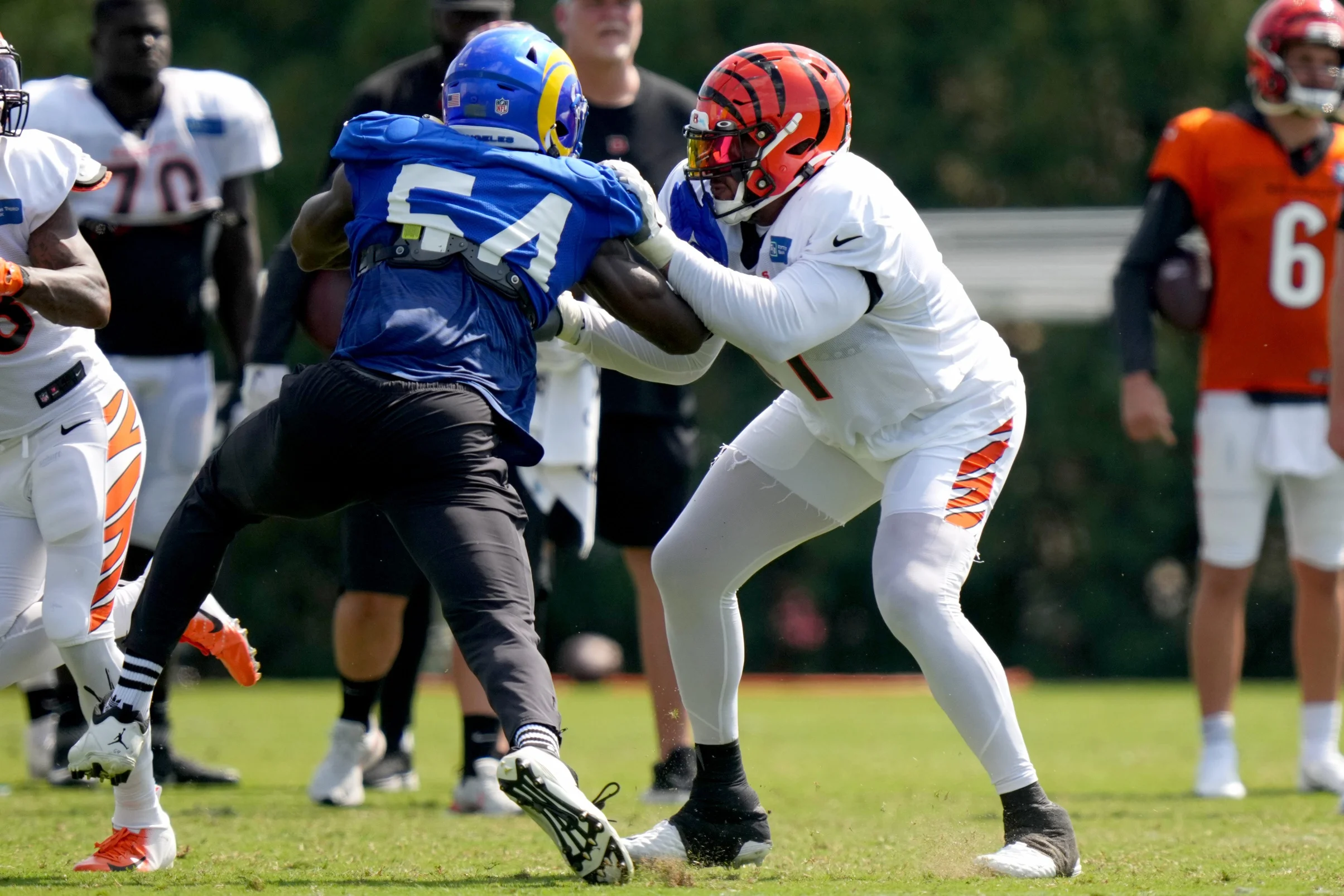In the high-stakes world of the NFL, teams and players engage in a continuous dance of negotiation, strategy, and, occasionally, conflict. Central to this dynamic is the franchise tag, a provision that plays a critical role in shaping team rosters and player careers.
As we delve into the complexities of the franchise tag, its impact on player autonomy, and the strategic considerations it entails, we uncover a unique aspect of NFL management that influences the league’s competitive landscape.

The Essence of the Franchise Tag in the NFL
At its core, the franchise tag is a strategic tool employed by teams to retain key players approaching free agency. It offers a one-year deal that effectively binds a player to their team for another season under specific financial terms.
This mechanism not only provides players with a lucrative short-term payout—being the higher of 120% of their previous year’s salary or the average salary of the top five earners in their position—but also places constraints on their ability to negotiate with other teams for a potentially more secure, long-term contract.
You could have said a player being inducted in the hall of fame
You could have said drafting the future face of the franchise
Shit you could have said your players breaking nfl franchise records
Shit even the soccer team ….
CONCERTS ?!?! pic.twitter.com/NbZZW79Y7h
— Himmy Hardaway (@probloescobar) March 6, 2024
NFL’s Financial Implications and Player Response
With salaries for tagged players in 2024 reaching staggering heights—$36.4 million for quarterbacks, for instance—the financial security it offers is undeniable. However, this provision has been a double-edged sword.
While teams can safeguard their interests by retaining top talent, players often find themselves in a precarious position, their long-term future uncertain. This has led some to hold out, skipping off-season activities, training camps, and even regular-season games in a bid to leverage a better deal or a trade.
A Closer Look at the Franchise Tag’s Limitations
A player under the franchise tag faces significant limitations. The NFL’s rules stipulate that a player cannot outright refuse the tag. Instead, their options are limited to signing the tender and playing under its terms, holding out for a better deal, or hoping for a trade.

This scenario underscores the tension between team strategy and player autonomy, highlighting the complex dynamics at play in the league’s contract negotiations.
Furthermore, the frequency with which a player can be tagged is capped, with the NFL allowing a maximum of three tags during a player’s career. Each subsequent tag comes with a substantial salary increase, culminating in a 44% raise for a third-time tagged player. This rule introduces another layer of strategy for teams and players to navigate.
The 2024 NFL Franchise Tag Salaries by Position
As the deadline for applying the franchise tag approaches, teams must meticulously plan their rosters and salary caps. The salaries set for each position under the franchise tag in 2024 reflect the league’s valuation of different roles, with quarterbacks topping the list at over $36 million. This hierarchy of salaries not only influences team decisions but also impacts players’ negotiation leverage and career planning.
Conclusion: A Delicate Balance in NFL
The franchise tag remains a pivotal element of the league’s strategic landscape, embodying the delicate balance between team interests and player rights. As teams and players continue to navigate the challenges and opportunities it presents, the tag will undoubtedly remain a topic of keen interest and debate among fans, analysts, and stakeholders in the National Football League ecosystem. Through this lens, we gain insights into the complexities of professional sports management and the intricate dance of negotiation that defines the NFL’s competitive spirit.

Source: Sportskeeda









